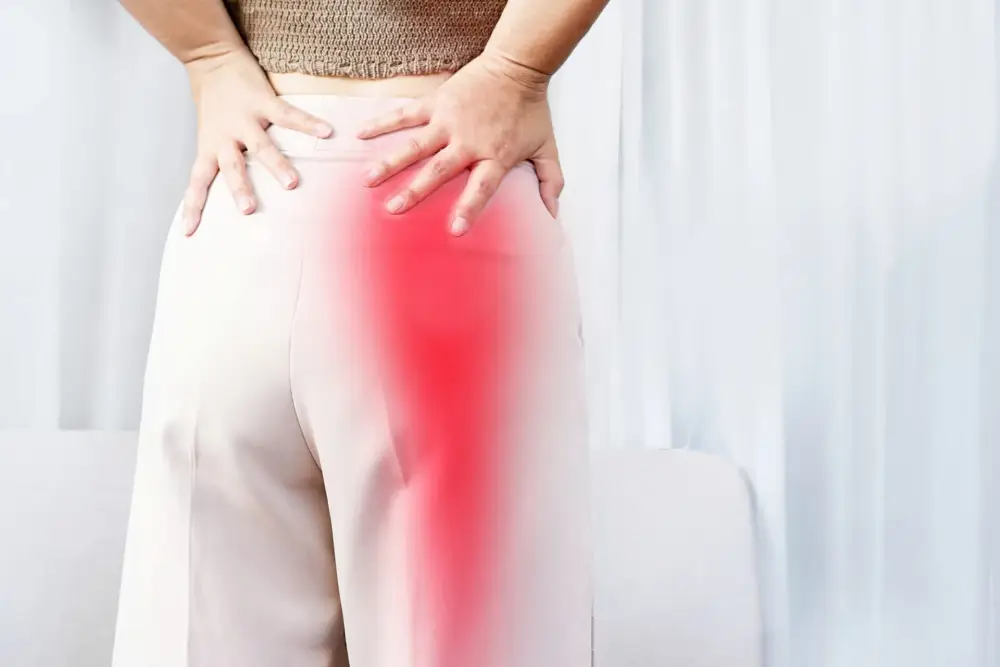Back pain is often thought of as a problem for older people, but today many young adults also suffer from it. Long hours of sitting, busy lifestyles, and lack of physical activity have made back pain one of the most common health issues in people aged 20–40.
The good news is that in most cases, back pain is not a serious disease—it is usually related to lifestyle and can be managed with the right steps.
Common Causes of Back Pain in Young Adults
1. Poor Posture
Slouching while sitting at a desk, bending over laptops, or looking down at mobile phones for long periods strains the back muscles and spine.
2. Sedentary Lifestyle
Many young people spend hours sitting—at work, in front of a computer, or while studying. Lack of movement weakens the core and back muscles, making them more prone to pain.
3. Sports Injuries or Overuse
Sometimes sudden workouts, weightlifting without proper technique, or sports injuries can trigger back pain.
4. Stress and Lack of Sleep
Mental stress and poor sleep habits can tighten muscles and worsen back pain.
5. Medical Conditions (Less Common)
In some cases, back pain can be linked to conditions like disc pathologies, scoliosis, or arthritis. These usually need professional medical or physiotherapy assessment.
How to Manage Back Pain
1. Stay Active
Resting too much can actually make back pain worse. Light activity such as walking, stretching, or swimming helps keep muscles strong and flexible.
2. Practice Good Posture
Sit upright with both feet on the ground. Keep your laptop or screen at eye level and avoid bending forward for long hours.
3. Strengthen Core Muscles
Exercises that target the abdominal and back muscles provide strong support for the spine. Simple activities like planks or bridges can be very effective.
4. Ergonomic Workstation
Use a chair with proper back support. Adjust your desk and computer to reduce strain on your neck and back.
5. Manage Stress and Sleep
Relaxation techniques like deep breathing, yoga, or meditation can reduce muscle tension. Aim for 7–8 hours of good quality sleep.
6. Physiotherapy Care
If pain persists, a physiotherapist can help with manual therapy, exercises, posture correction, and pain-relief techniques such as dry needling or cupping therapy.
When to Seek Medical Help
See a doctor or physiotherapist if:
The pain is severe or lasts longer than a few weeks
You feel numbness or tingling in the legs
Pain comes after an accident or injury
You notice weakness in your legs
Conclusion
Back pain in young adults is usually preventable and manageable with lifestyle changes, exercise, and posture awareness. Instead of ignoring it, take action early to avoid long-term problems. If pain doesn’t improve with simple steps, consult a physiotherapist for a proper assessment and treatment plan.




